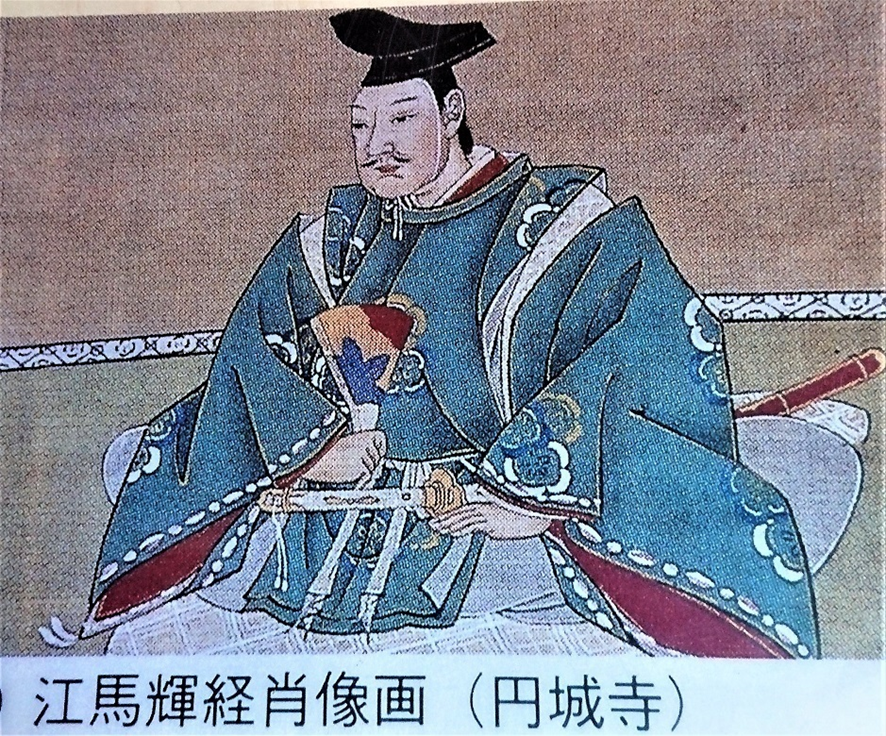Spring in Hida (Ema Clan Residence and Others) APR, 2024
- 羽場 広樹

- Apr 22, 2024
- 4 min read
Now that the expressways are connected, the quickest route back to Kanazawa from Tokyo is to cross Myoko on the Nagano Expressway and enter Hokuriku, but it's obvious on the map that it's a very detour. In the past, you would go from Matsumoto to Toyama by crossing Hirayu Pass and heading north on Route 41. If the Chubu Longitudinal Expressway that crosses the Chubu region from east to west is completed in the future in addition to the recently completed Tokai-Hokuriku Expressway, it will be reasonable to use this route except in winter. However, this time I realized once again that it would be a waste to just pass through the Hida road, where charming towns are dotted in each basin, on the expressway.
Hida is a miniature version of Japanese history spanning from ancient times to the early modern period. Although it is a small mountainous province with less than 100,000 koku, it is home to a group of ruins from the Jomon and Kofun periods, kuni no miyatsuko (provincial governor) and ritsuryo provinces (Hida Province), and has had a diverse range of rulers, including the Anenokoji clan who came from Kyoto as kokushi (provincial governors) during the Kamakura period and settled there, the Ema clan who were sent from Izu by the Hojo clan, the Kyogoku clan and their descendants the Miki clan who came from Omi as shugo (provincial governors) during the Muromachi period, and the Kanamori clan (Toki clan) who navigated the Azuchi-Momoyama period and destroyed the Miki clan.
From Matsumoto, we crossed Hirayu Pass and entered Hida, climbing a winding hillside along the way, passing by the famous tourist spot of Kamikochi. The snow-capped Northern Alps can be seen between the spring green mountains, making for a beautiful sight. The Takeda army must have crossed the pass at an altitude of over 1,400m to invade, but it must not have been easy to rule over such a steep mountain range.
I stayed in Furukawa, where a beautiful townscape stretches across a tributary of the Miyagawa River. It seems to have become a sacred place, as it was depicted in the anime movie "Your Name" a few years ago. It happened to be a festival day, and the famous festival stalls were being prepared.
Like Tokyo, the cherry blossoms here bloomed late, and although they were just starting to fall, we enjoyed the cherry blossoms along the road along with the snowstorm. Part of the remains of Masushima Castle, built by the Kanamori clan, stands next to the elementary school grounds. The Kanamori clan was transferred during the Genroku period, and after that Hida became a shogunate territory and a county magistrate was placed in Takayama, but at that time the castle was abandoned along with the main castle, Takayama Castle.
I planned this trip because I wanted to visit the Ema clan residence, which is located in the Kamioka basin, just over a mountain from Furukawa. The Ema clan originated in Izu Tagata District, and it is said that the son of Kiyomori's younger brother, Tsunemori, served Hojo Tokimasa and became a vassal of Kamakura. The clan is shrouded in mystery, but if we interpret this as a vassal of the Kamakura shogunate being sent to Hida, it is possible that the shogunate's influence was spreading to this area even before the Jokyu War(1221). Kamioka is famous for its mines, and gold and silver mining began in the Nara period, so this may have been the background for the Ema clan being based there. In the Meiji period, Mitsui Mining carried out large-scale development, making Kamioka a wealthy town, and it is said that it was the first town in the Gifu area to have electricity.
The Ema clan was wiped out shortly after the Honnoji Incident(1582), and the mansion was destroyed and buried along with the dry landscape garden, becoming farmland for a long time. Ironically, the reason this historic site was excavated in earnest was after the war, when zinc refining waste from the Kamioka Mine Company caused Itai-itai disease in the Jintsu River, which became an issue, and it became necessary to completely replace the soil in the farmland in the area.
Kamioka Castle was built by the Ema clan, but the current replica castle tower was built over 50 years ago to commemorate 100 years of operation of Mitsui Mining, and naturally there was no castle tower at the time.
In Hida, both Kokubunji Temple and Ankokuji Temple still exist, but the remains of the provincial government office have not yet been identified. It is probably somewhere in Kokufu-cho, next to Furukawa-cho, but it is likely somewhere in this narrow basin. Looking down on the plains from the high ground of Ankokuji Temple, the first provincial government office of the Asuka period comes into view. The sutra repository is a national treasure and a must-see, but Rinzai sect temples do not pander to tourists, so it is best to stroll around quietly.













Comments